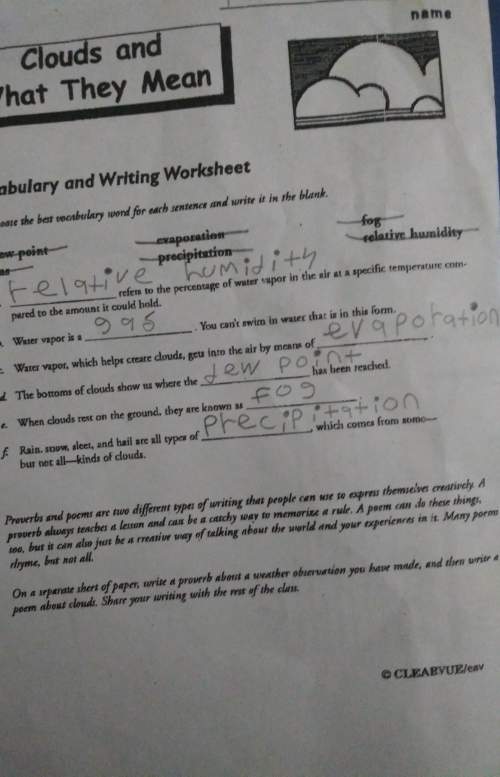
Physics, 22.05.2020 06:00 proutyhaylee
From a height of 3 meters above ground level, a rock with mass m = 4 kg is hurled into the air with an initial velocity of 10 m/sec. Let y denote the rock's height, in meters above the ground, at time t seconds after it is hurled. In addition to a gravitational force with Fg = mg with g = 9.8 m/sec2, the moving rock experiences air resistance directly proportional to the velocity, y', that is, a resistive force Fr = cy', with c = 0.02. The model my'' = −(Fg + Fr) describes this situation.
To the nearest 0.01 seconds, when does the rock achieve its maximum height?
To the nearest 0.1 meters, what is the maximum height that it achieves?

Answers: 3


Other questions on the subject: Physics

Physics, 21.06.2019 19:00, simegustachocolate
Many machines- including inclined planes such as ramps- increase the strength of the force put into the machine but decrease the distance over which the force is applied.
Answers: 2



Physics, 22.06.2019 11:00, vanvalenpeyt
The star betelgeuse is about 600 light-years away. if it explodes tonight, a. we'll know because debris from the explosion will rain down on us from space. b. we'll know it immediately because it will be brighter than the full moon in the sky. c. we won't know about it until 600 years from now. d. none of the above.
Answers: 3
You know the right answer?
From a height of 3 meters above ground level, a rock with mass m = 4 kg is hurled into the air with...
Questions in other subjects:


English, 09.03.2021 09:00

Social Studies, 09.03.2021 09:00


Mathematics, 09.03.2021 09:00

Law, 09.03.2021 09:00


Biology, 09.03.2021 09:00

English, 09.03.2021 09:00

Mathematics, 09.03.2021 09:00




